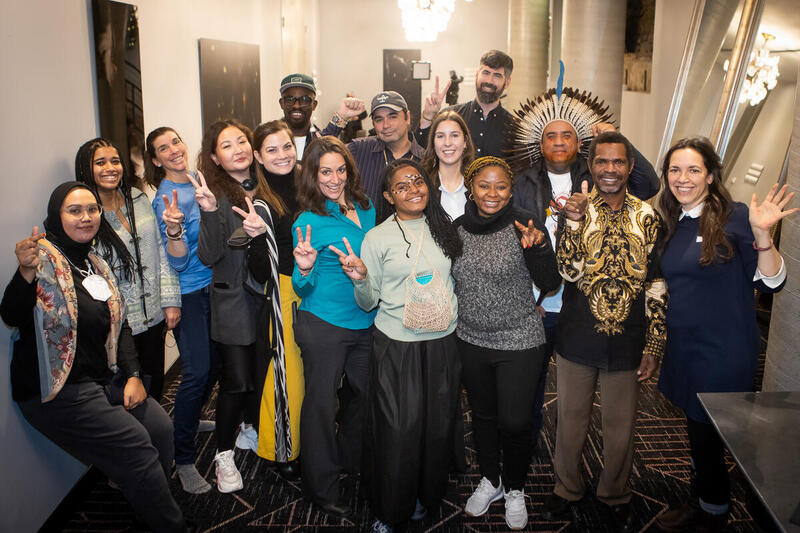This past December, Canada hosted a decade-defining conference on biodiversity — the UN Convention on Biological Diversity (CBD)’s 15th conference of the parties — or “COP15” as it was known. It was a critical moment for wildlife that is in dire crisis both globally and in Canada.
The last time the game plan for biodiversity protection was laid out was in 2010, and none of these targets were achieved. Notably, Canada committed to protecting 17 percent of terrestrial areas by 2020 but, in fact, has not fulfilled this promise even to date, 3 years later…
That’s why Greenpeace Canada has been campaigning along with our supporters and allies for stronger nature protection, including especially during COP15, when we dropped a massive banner in the centre of Montreal calling for this conference to turn this tipping point into a turning point for nature.
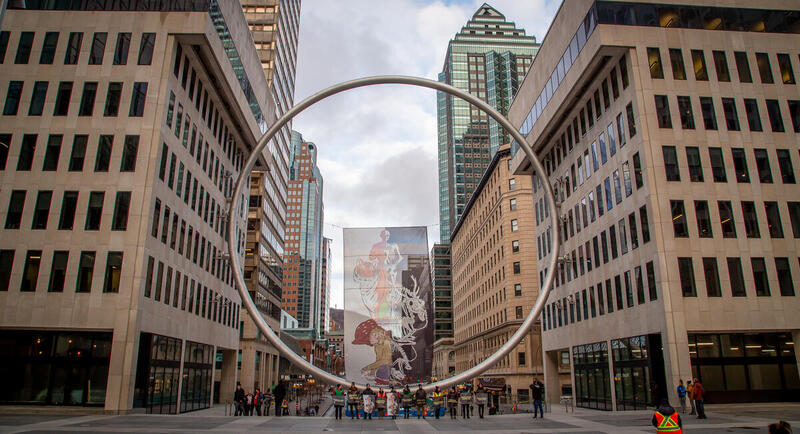
So, some of you are probably wondering now: What exactly happened at COP15? What did it achieve? What is next? And what does it mean for Canada?
Don’t worry. We have all the answers for you!
So, what exactly happened at COP15?
Thousands of people from across the world — including country negotiators, politicians, activists, NGOs and (unfortunately) corporate lobbyists — converged in Montreal for an intense couple of weeks. But it was Indigenous leaders who took centre stage again and again.
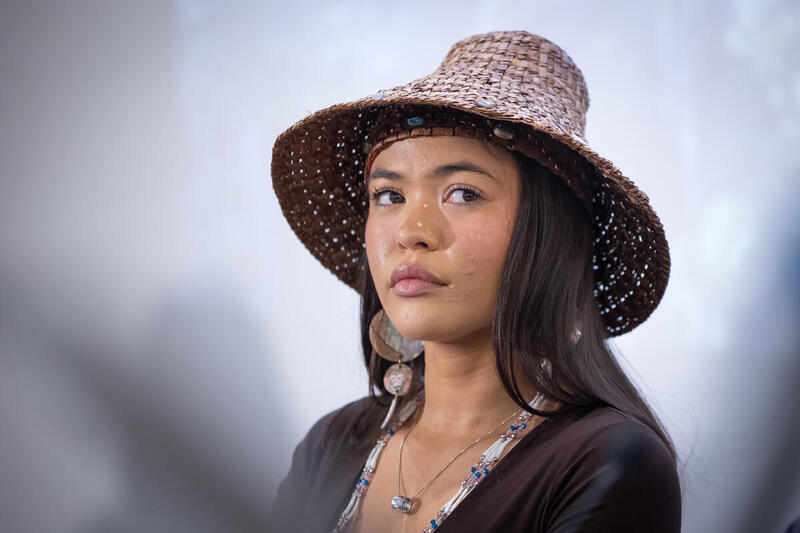
Indigenous youth from across Turtle Island interrupted Canadian Prime Minister Justin Trudeau’s opening speech to remind him that colonial Canada is the greatest threat to their livelihood, land, and biodiversity.
Our Indigenous allies from around the world then gathered at a press conference supported by Greenpeace Canada to remind world leaders of the importance of Indigenous rights in protecting nature. Since time immemorial, they have been the true guardians of the lands yet excluded from the negotiations process on their future.
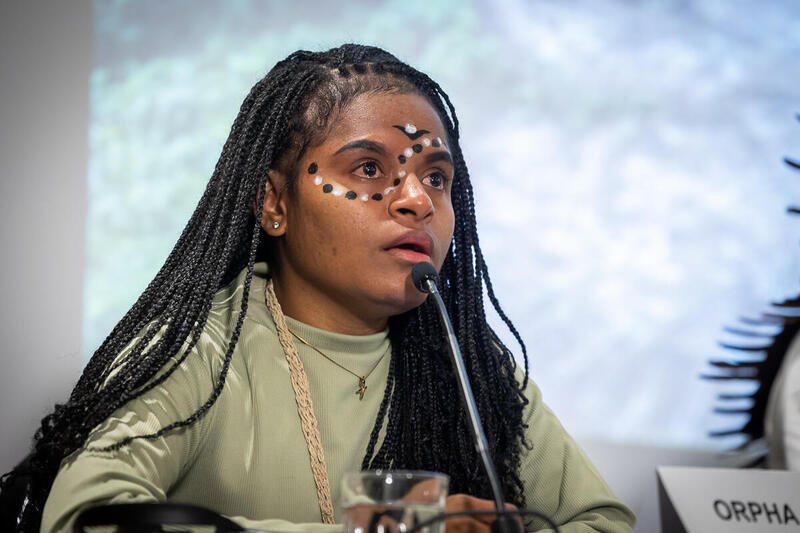
In the words of Orpha Novita Yoshua, an Indigenous Namblong woman from West Papua, Indonesia: “No one knows better than Indigenous Peoples the value of the forest, and no one knows better how to protect it.”
Later the same week, the first-ever COP march in support of biodiversity took over the streets of Montreal. The historic march was led by Indigenous Peoples from all around the globe — especially women — calling for stronger nature protection and respect for Indigenous Peoples’ rights.
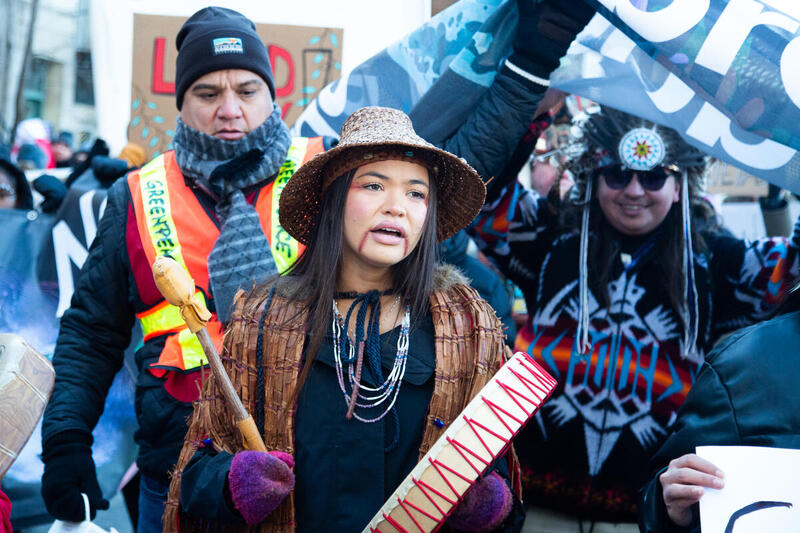
What was achieved at COP15?
Ultimately, COP15 was successful in landing a global deal to protect nature. The deal is not perfect — there are far too many loopholes for corporations to continue exploiting nature.
Nevertheless, Indigenous Peoples scored a big victory. As a result of all their dedication and hard work, the final text, known as the Kunming-Montreal Global Biodiversity Framework (GBF), officially recognized the central role of Indigenous Peoples’ rights and knowledge in preserving global biodiversity. If governments keep their word, this could be the end of colonial attitudes to conservation and the beginning of a new era. Indigenous Peoples’ rights and contributions are specifically named in many of the targets, including the new commitment to protect 30 percent of land and oceans by 2030.
This was phenomenal news. But the truth is that however big that win was, the real work only starts now.
What should happen after COP15?
The Kunming-Montreal agreement has been largely named “historic,” but to make it so, we need to make sure that all promises do not remain on paper only and, this time, turn into real actions. We have no time to waste on false promises — nature is already in crisis, and so are we.
As the leader of the Congolese Lokolama community, Valentin Engobo, said: “The organizers [of COP15] have taken our rights into account, and I thank them, but we are concerned that afterward they will slip away and continue with business as usual.”
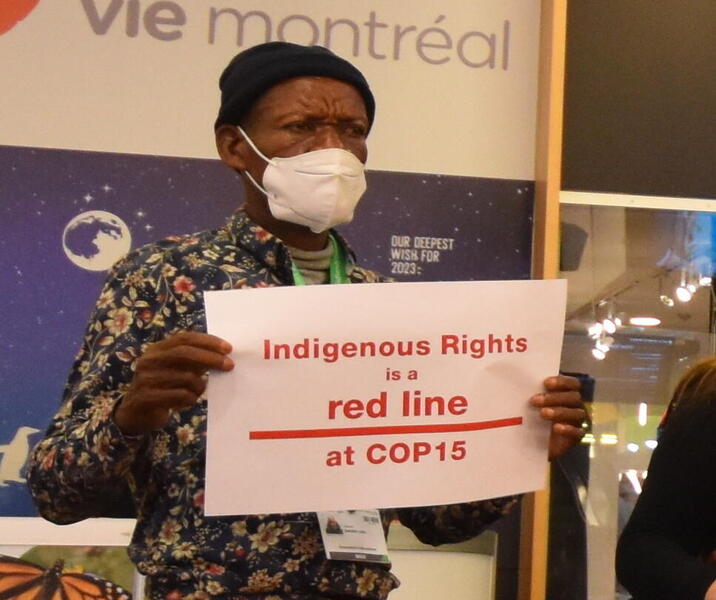
Despite his late arrival at COP15 due to visa issues, Valentin never gave up on delivering his message by participating in the press conference virtually and doing multiple interviews in the few days that were left before the end of the negotiations.
This is called commitment. And we expect nothing else from the decision-makers who are responsible for delivering on the deal to protect the future of nature.
What does it mean for Canada?
The Canadian federal government, to its credit, exhibited strong leadership on nature protection during the conference — but it has also been stunningly inconsistent and contradictory in its approach to nature protection with existing laws that are meant to protect biodiversity but, in fact, are inadequate, under-resourced, and weakly enforced.
Needless to say, this lack of commitment and consistency has significantly reflected on the state of wildlife here — according to a groundbreaking 2022 study, more than 2000 wild species in Canada face a high risk of extinction.
The only way to fix these ongoing failures to protect nature and inconsistency at the federal level is through new legislation allowing Canada to meet its international nature commitments.
We know that many of you are already worried about the state of wildlife today. According to our research, over 80 percent of people in Canada are now concerned about the global nature crisis. Rightfully so! Our survival is at stake.
More than 40,000 of you, our supporters, have already signed the petition calling the federal government to pass new legislation protecting nature and biodiversity. And our joint efforts are already paying off. Only 4 months after we gathered with you in front of Steven Guilbeault’s office to draw his attention to the nature crisis, he has already committed to passing new legislation on nature protection.
This would not be possible without your ongoing support. You were the ones signing our petition, calling the Minister’s office, and tagging him on social media. These are the small actions that are showing the people’s power driving big changes.
Together, we are showing that we are fed up with the government prioritizing profit-driven corporations over people’s rights and the environment.
Our message is simple: We are not apart from the natural world — we are a part of it. So, thank you for helping us deliver it.
